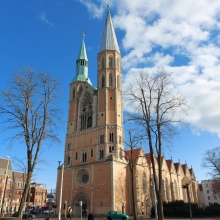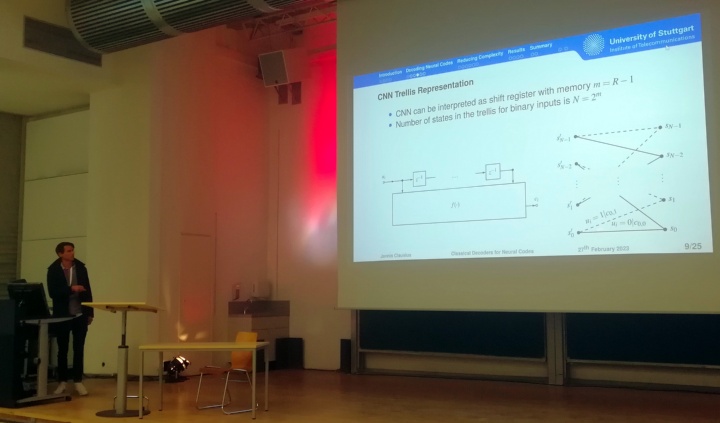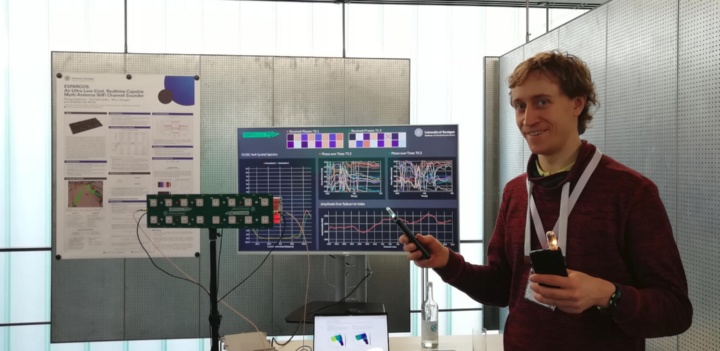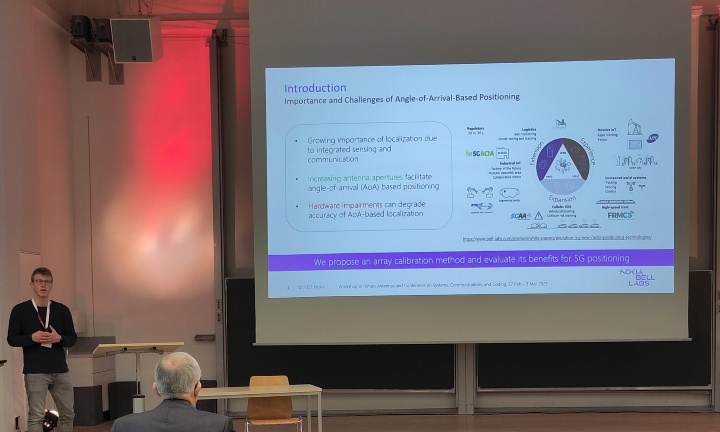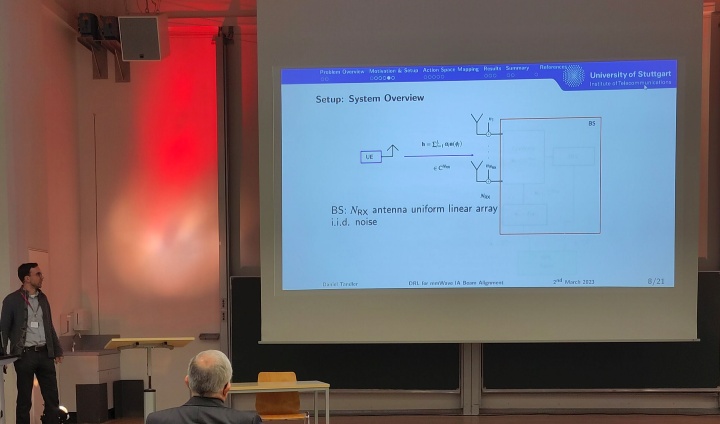For the German-speaking community, the "Workshop on Smart Antennas" (WSA) is one of the central conferences on the topic of information theory, wireless communications and related signal processing. This year, the WSA organizers joined forces with the organizers of the "Conference on Systems, Communications and Coding" (SCC) and invited researchers to a joint WSA / SCC conference in Braunschweig. The INUE was well-represented at the conference, with four contributions by INUE team members as first authors, and one contribution that was co-authored with Norbert Wehn's group at TU Kaiserslautern.
INUE author Jannis Clausius presented a paper entitled "Optimizing Serially Concatenated Neural Codes with Classical Decoders", which analyzes a particular neural code and demonstrates optimizations based on the analysis. For neural codes, the encoder and decoder are based on a neural network structure and it turns out that only some neural network structures are suitable. His work can be seen as a case study of such a structure.
Team member Marvin Geiselhart not only contributed to this publication, but also worked on a paper entitled "Automorphism Ensemble Polar Code Decoders for 6G URLLC" with TU Kaiserlautern, which was presented by Claus Kestel. The paper is concerned with Automorphism ensemble decoding (AED), which is a fast decoding algorithm that could enable new applications of next generation mobile networks such as machine-to-machine communication, which require ultra low latency and high reliability. AED achieves low latency using a parallel set of independent low complexity decoders, each viewing the noisy received codeword from a different viewpoint by exploiting code symmetries. In the work presented at WSA/SCC, AED was implemented for polar codes as an application specific integrated circuit (ASIC) for the very first time. The algorithm was modified to use a path-metric for lower implementation complexity. The implementation outperforms state-of-the-art 5G polar code decoders by up to 4.4x in latency, 8.9x in area efficiency and 4.6x in energy efficiency, while providing the same or even better error correction performance.
For this year's WSA, authors were invited to not only submit papers, but to also show hardware demonstrators. At the INUE, Florian Euchner took this opportunity to present a "ESPARGOS", a low-cost WiFi Channel Sounder (i.e., a receiver antenna array) that can, among other applications, be used to perform WiFi-based positioning, human behavior recognition, sensing or performance / channel modelling. ESPARGOS was developed jointly with students as part of thesis projects.
Furthermore, INUE alumnus Tim Uhlemann presented a paper entitled "Learning a Time-Frequency Predistortion for Optical Coherent Digital Sub-Carrier Multiplexing".
Marcus Henninger presented work that was conducted jointly with colleagues at Nokia Bell Labs Stuttgart, concerned with angle-of-arrival (AoA) positioning techniques in mobile networks, which are facilitated by ever-growing antenna apertures, but limited by hardware impairments. In the paper presented at WSA 2023, an antenna array calibration method is proposed, accounting for those impairments in order to improve the positioning accuracy. Results obtained with real-world measurements show that the approach achieves a 2D positioning error of approximately 0.26m at the median, representing a 40% improvement over the non-calibrated baseline.
Finally, Daniel Tandler presented his work on mmWave initial beam alignment. He demonstrated that the beam alignment task may be performed by an agent in a deep reinforcement learning framework.
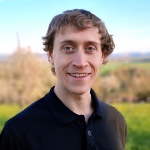
Florian Euchner
M.Sc.Research Assistant
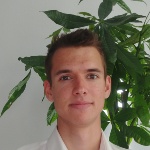
Jannis Clausius, M.Sc.
Research Assistant
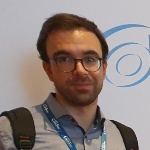
Daniel Tandler, M.Sc.
Research Assistant


